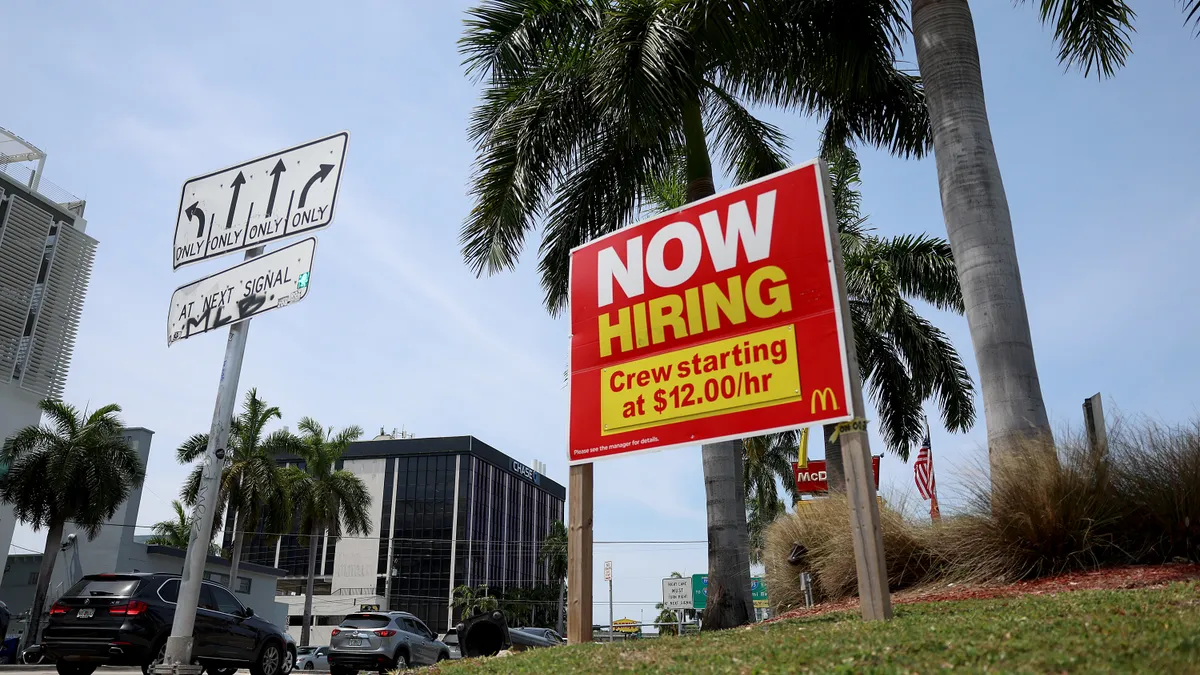Moving from a transactional to a recurring-revenue business model requires rethinking your product’s value proposition and assessing your back-office capability, Chris Battles, chief product officer at Zuora, told CFO Dive last week.
Executives in all types of industries are considering the recurring-revenue model because it can lead to increased business over time, as customers pay for your product in regularly occurring amounts and, as part of their relationship with your company, purchase upgrades and related products and services.
For companies already in the market with a product or service, the transition can be significant. As you bring in new customers, you realize less revenue upfront since customers are only paying a start-up fee and a monthly or quarterly installment rather than the full product price. For their existing customers, you have to find a way to transition them to the new model without losing their business.
William Edmondson, CFO of 1E, an IT services platform for organizations, called the transition to a recurring-revenue model a game-changing move for his company because it smoothed out its revenue, making it more attractive to investors who liked the predictability and visibility that came with the model.
"It’s been just great for us,” he said. “One of the most important moments of my career, I think, both in terms of the potential risk but also the potential reward.”
Battles, who joined Zuora three months ago after being on many sides of a recurring-revenue platform, including the user side, said it’s no longer the traditional software company that’s moving to the model; companies in construction, the Internet of Things (IoT), and even consumer products are starting to go this route.
"Half of our companies you wouldn't consider a classic software firm," he said.
He pointed to Fender, the iconic guitar manufacturer, which now earns recurring revenue by offering subscribers access to a suite of services to help them get the most out of their instruments.
"Fender realized a lot of guitars are aspirational purchases that end up being like shelfware," he said. "They look pretty against the wall, so the Fender app is a subscription app where, once you buy the guitar, you can get help becoming a better player. They help teach you, coach you, keep you on track to improve your abilities."
Roots in SaaS
SaaS is the classic recurring-revenue model company. Customers pay a fee to get started using the company’s software — typically cloud-based on the company’s platform — and increase or decrease their regularly occurring spend based on how much of the services they use.
Today, traditional manufacturing companies, including business-to-business manufacturers, are going to market with products and services using the SaaS model. Battles pointed to an aerospace company Zuora is working with that is launching a SaaS service. In the past, those customers would have bought the company’s technology but now they're subscribing to it.
“We do a lot in that space of helping non-traditional software firms enter this B2B SaaS market,” he said.
Preparation is key
Before committing to the model, you have to work through two exercises, Battles says. First, rethink how you see your products and services. Like Fender, decide whether you provide a product or something broader, like making better guitar players.
Battles characterizes it as working back from the consumer perspective to identify the value they’re looking for from you.
“You have to put yourself in the shoes of the end customer,” he said. “‘Okay, what’s this new value proposition I can have? How valuable is that, and what could I charge for it?’”
Adobe is a classic example of a premise-based software company that made the shift to the recurring revenue model by unbundling its suite of creative products — Photoshop, Premier Pro, Illustrator — and making them available on the company’s cloud platform, with the subscription amount based on the number of licenses you're buying and the products used.
"They actually had a value proposition that was different than just buying the box," he said. "That is the heart of SaaS: what is the ongoing value I will deliver to you so that you will want to subscribe to me and pay me on an ongoing basis? If you don’t have that thought through, your SaaS business isn’t going to be successful."
Second, you have to make sure your back office is prepared to handle a new way of billing and collecting revenue.
"It’s no longer shipping a box out and having customers use it," he said. "Now, someone needs to sign up, provide payment credentials and start this ongoing relationship."
Battles said it’s not necessarily a matter of bringing in new staff to handle the change as much as preparing your team for a different — and higher volume — course of action.
"Obviously, in certain parts of the organization you’re going to need to have an understanding of the accounting treatment of these transactions, which is a little bit different from some of the others, so having people in your organization who have that experience would be valuable," he said. "For folks who are in some of the other areas, it’s more about the volume of work that will change. You just have more touch points, which taxes your back office."
Iteration through metrics
Post-transition, the work is only beginning. Your ability to maintain product value and keep long-term customers depends on how you iterate your offerings over time.
CFOs are integral to this process because of their role in collecting, processing, analyzing, interpreting, and sharing the generated data.
"It’s never just launch and grow," he said. "You’re always in this iteration mode, so be prepared as an organization. You’re going to have to launch and tune and tune and look at the data and refine. It’s building a new muscle of how we look at the business in a data-driven way all the time."
Among the types of data CFOs typically look at are annual recurring revenue and annual customer value as well as non-financial metrics like churn rate, bookings, pipeline coverage, sales productivity, time-to-value, lifetime value, cost of acquisition, customer satisfaction and net promoter score, among others.
"Your customers are changing a lot," he said. "They’ll start with one suite of your product, one license, like, 'Hey, I want to add five more,' or 'I want to shift from this rate plan to this other one and upgrade.'"
Platform set-up
If you rethink your value proposition and have staff in place to handle the new way of processing transactions, you make the transition by selecting a platform and this is where Battles’ company comes in. Zuora and the companies it competes with, like Ordergroove and Sage Intaact, create the e-commerce environment in which the ordering, billing, and payments are processed.
Depending on the degree to which the company is making the transition — that is, turning its entire product and service portfolio over to recurring revenue, or just some products or services within it — the platform can be set up and made operational within two months, he said.
"We have a platform that can be extensible, and get into your existing environments and plug into your system," he said. "If you’re launching your first product and you’ve isolated it from other parts of your system — which we recommend — we can get you up and running pretty fast."
What you don’t want, he said, is to try to do this using your existing e-commerce system if it’s not set up to handle recurring revenue.
"You’re going to want this new business, this new product line, to be able to move and iterate at its own speed and not be gummed up by the legacy business," he said.





















